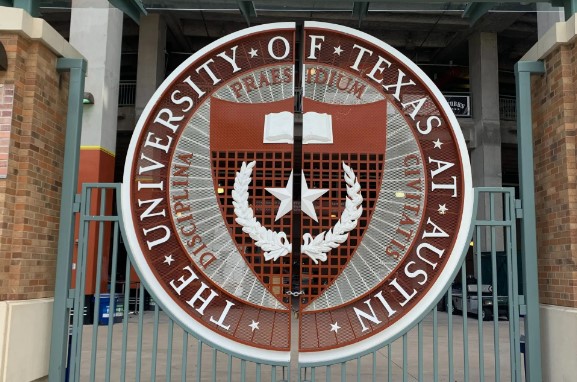The University of Texas’s strategy for drawing in a diverse student body may soon lose a key piece.
Race and ethnicity are taken into consideration along with grades, essays, the language spoken at home, leadership abilities, and test scores for many applicants to the state’s flagship university in Austin.
Bringing you the news Later this year, it is widely anticipated that the U.S. Supreme Court will rule that schools cannot explicitly consider applicants’ race.
Why it matters: A diverse student body is in danger, which could lead to a more rewarding educational experience for all students.
Between the lines: UT officials are old hands at reshaping their admissions policies to try to build a diverse set of students.
Flashback: In 1996 a federal court struck down UT Law School’s affirmative-action admissions policy, in Hopwood v. Texas, for Cheryl Hopwood, one of four white students who sued the university alleging they had been discriminated against because the law school gave preferential treatment to people of color.
The state then adopted a form of affirmative action that has held up to lawsuits by guaranteeing admission to all state universities for students who graduated in the top 10% of their Texas high-school class.
The rule is now limited to the top 6% at UT Austin.
By guaranteeing admission to students from all parts of the state, including from high schools that are chiefly Black or Latino, the law has increased geographic and racial diversity in the admissions process.





